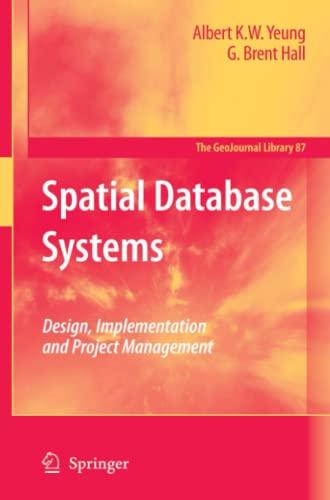Question
public class LinkedList { private Node front; //private int count; //private Node end; public LinkedList(Node f ) { front = f; } public LinkedList() {

public class LinkedList { private Node front; //private int count; //private Node end;
public LinkedList(Node f ) { front = f;
}
public LinkedList() { front = null;
} public void addToFront(String d) { Node n = new Node(d, front); front = n; }
public boolean isEmpty() { if(front == null) return true; else return false; }
public void clear() { front = null;
}
public String getFrontData() { return front.getData();
}
public Node getFrontNode() { return front;
} public String toString() { String ts = "["; Node cur = front; while(cur != null) { ts += cur; cur = cur.getNext(); } return ts + "]"; }
public int size() { int count = 0; Node cur = front; while(cur != null) { count++; cur = cur.getNext(); } return count; }
public void removeFront() { if(!isEmpty()) front = front.getNext(); // else // System.out.println(No front to remove!);
}
public void addToEnd(String d) { Node n = new Node(d, null); if(isEmpty()) front = n; else { Node cur = front; while(cur.getNext() != null) cur = cur.getNext(); cur.setNext(n); } }
public void removeLast() { if(!isEmpty()) { if(front.getNext() == null) front = null; else { Node cur = front; while(cur.getNext() != null) cur = cur.getNext(); cur.setNext(null); } //} else { System.out.println(No end to remove!); } }
public int contains(String d) { Node cur = front; boolean found = false; int index = -1;
while(cur != null && !found) { index++; if(cur.getData().equals(d)) found = true; cur = cur.getNext(); } if(!found) index = -1; return index; }
public void add(int index, String d) { if(index >= 0 && index
public void remove(int index) { if(index >= 0 && index
public Node getNode(int index) { Node cur = null; if(index >= 0 && index
public void addAll(LinkedList other) { Node cur = other.getFrontNode(); while(cur != null) { addToEnd(cur.getData()); cur = cur.getNext(); } }
public static LinkedList merge(LinkedList first, LinkedList second) { LinkedList result = new LinkedList();
Node cur = first.getFrontNode(); while(cur != null) { result.addToEnd(cur.getData()); cur = cur.getNext(); }
cur = second.getFrontNode(); while(cur != null) { result.addToEnd(cur.getData()); cur = cur.getNext(); } return result; }
public LinkedList subList(int start, int end) { LinkedList result = new LinkedList(); if(!(start >= end || start size() || end >= size() )) { Node cur = getFrontNode(); for(int i=0; i public static LinkedList union(LinkedList first, LinkedList second) { LinkedList result = new LinkedList(); Node cur = first.getFrontNode(); while(cur != null) { result.addToEnd(cur.getData()); cur = cur.getNext(); } cur = second.getFrontNode(); while(cur != null) { if(result.contains(cur.getData()) == -1) result.addToEnd(cur.getData()); cur = cur.getNext(); } return result; } public static LinkedList intersection(LinkedList first, LinkedList second) { LinkedList result = new LinkedList(); Node cur = first.getFrontNode(); while(cur != null) { if(second.contains(cur.getData()) != -1) result.addToEnd(cur.getData()); cur = cur.getNext(); } return result; } } public class Node { private String data; private Node next; public Node(String d, Node n ) { data = d; next = n; } // The usual get/set methods, plus toString() public void setData(String d) { data = d; } public void setNext(Node n) { next = n; } public String getData() { return data; } public Node getNext() { return next; } public String toString() { return data + " --> "; } }
Step by Step Solution
There are 3 Steps involved in it
Step: 1

Get Instant Access to Expert-Tailored Solutions
See step-by-step solutions with expert insights and AI powered tools for academic success
Step: 2

Step: 3

Ace Your Homework with AI
Get the answers you need in no time with our AI-driven, step-by-step assistance
Get Started


